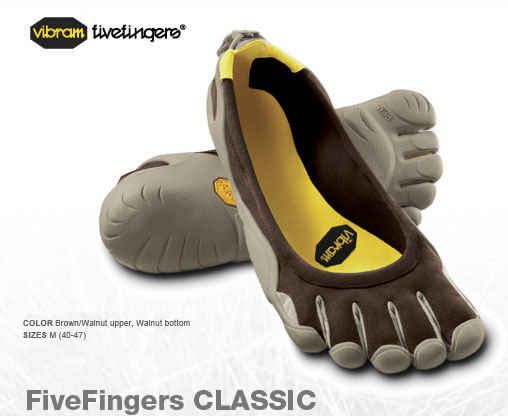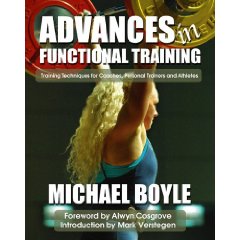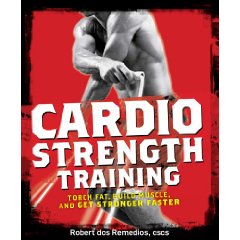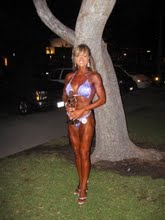I’ve become a fan of some really good motivational books that talk about teamwork and bringing positive energy to your workplace and life in general. A book that I like is “The Energy Bus” by Tom Gordon. This book is about an unhappy manager who gets into some car trouble, and as a result, is forced to take the bus to work every day. In the story, he meets some good people on the bus who give him advice on how to create positive energy and improve teamwork in his own life and at the workplace. Another great book on management is “Good to Great” by Jim Collins. In this book, there is a quote that talks about great managers who “Get the right people on the bus (and the wrong people off the bus) and then figure out where to drive it”. In both books, they obviously refer to managers being bus drivers and trying to get people on their bus to create teamwork and obtain positive results. What does this have to do with strength and conditioning? As strength and conditioning coaches, we need to see ourselves as bus drivers and one part of our job is getting our athletes on board in order to get the best results possible.
Although we may not be the head coach, or a positional coach of the team(s) that we train, we need to create a get on board or a buy-in culture when it comes to the strength and conditioning environment. Not only is it important to get your athletes on board, but coaches, management, administrators, and the training staff also need to be on board as well.
In the professional and college setting, sometimes getting athletes to buy into the strength and conditioning program can be a challenge. There are several barriers in trying to get everyone to buy into the program. As a Strength and Conditioning Coach, your goal should be to create an environment in which you’re athletes actually want to train with you because they know that you are looking after their best interests.
Some of the strategies that we’ve used to help get our players on board include:
1- Getting to Know Your Athletes and Staff- Get to know your athletes, coaches, administrators, and trainers as people. Try to get to know their families, backgrounds, likes, dislikes, etc. Getting to know them as people away from the weight room will make a huge difference in your working relationship. Relationships can be built on the little time between sets of exercises or sprints on the bike. Also, show them that you care about them as people. When you actually take the time to actively listen to what is on their mind, it can go a long way.
2- Create Positive Energy Everyday- No matter what kind of day you are having, you must be able to bring positive energy to your athlete’s every day. They do not care about what is bothering you. Usually, all they care about is getting better and they expect you to help them achieve that. Don’t suck the life out of them.
3- Create Competitiveness- Sometimes we create competitiveness within our program. For example, we may post shuttle run times, body fat percent results, and number of pull-ups or push-ups done within our workouts on our grease board. Another form of creating competiveness is something that I have recently seen incorporated by Roger Takahashi, Strength and Conditioning Coach of the Vancouver Canucks. He keeps a monthly leader board of the players who spend the most time in the weight room in terms of warm ups, workouts, and conditioning rides. These are all good ideas on creating competiveness within the team.
4- Make Frequent Changes to Your Program- Athletes don’t want to do the same thing over and over again. Trying to make things interesting in your program by changing exercise variations, sets, reps, and tempo can go a long way in preventing your athletes from getting stale or bored. I really like Charles Poliquin’s quote “Your program is only as good as the time it takes to adapt to it”. I always keep this in mind when designing our programs.
5- Get Results- The ability to get results is imperative in promoting a buy-in culture. Results can be different for each individual. Some examples are: Helping an athlete stay healthy, or helping an athlete get more playing time. For an injured athlete, it may be getting one step closer to returning back to play. Whatever results are achieved, they all can add up to what the team’s main goal may be.
In “Good to Great”, the author talks about getting the wrong people off the bus. I think by applying the 5 strategies above, the people who aren’t necessarily on the bus will see the benefits of the environment that you create and want to get on board. However, sometimes athletes at the professional level (especially older veteran athletes), may have or want to do their own program which may differ from yours. Each situation needs to be evaluated on an individual basis to see if there is something that can be worked out between their program ideas and yours. If something can’t be worked out, I like to refer to the quote “You can only lead a horse to the water.” When I hear this, I always think of the addition to the quote which says “Sometimes you need to grab the horse’s head and shove it in”. This sometimes needs to be done if players aren’t necessarily on board. There are times when an athlete may need to get his “head shoved in the water”. However, once it is established that you are there to look after his/her best interests, they will see the results and buy in.
Strength and Conditioning coaches need to see themselves as leaders and be able to take their operation to higher levels. It is important that you demonstrate to your athletes that you care about them as people and want to help them achieve their goals.







 By now, people who know me should know how much I respect Mike and his work. He has been a friend and mentor to me since I’ve entered this field. Mike’s a coach who actually coaches on as daily basis. This book is a great reference to what Mike is currently doing with his athletes. What I really like about the information in the book is that it is user friendly in my present coaching situation even though I may not agree with everything in it. Mike knows how to get a lot out of his athletes by using exercises and progressions that are done safely and promote a healthy athlete with improved performance.
By now, people who know me should know how much I respect Mike and his work. He has been a friend and mentor to me since I’ve entered this field. Mike’s a coach who actually coaches on as daily basis. This book is a great reference to what Mike is currently doing with his athletes. What I really like about the information in the book is that it is user friendly in my present coaching situation even though I may not agree with everything in it. Mike knows how to get a lot out of his athletes by using exercises and progressions that are done safely and promote a healthy athlete with improved performance. Coach Dos is another coach who is coaching in the trenches every day. Like Mike, when a coach like Dos writes something, I am reading and listening to what they have to say. The book is a great reference for some great ways to enhance work capacity, strength, and fat loss.
Coach Dos is another coach who is coaching in the trenches every day. Like Mike, when a coach like Dos writes something, I am reading and listening to what they have to say. The book is a great reference for some great ways to enhance work capacity, strength, and fat loss. This is a great book that is well written on how to give better presentations. I am always trying to learn new tricks and techniques on how to make my talks better. The author really gets into the small details that go into making them really good and he also gives advice on how to avoid giving a bad presentation.
This is a great book that is well written on how to give better presentations. I am always trying to learn new tricks and techniques on how to make my talks better. The author really gets into the small details that go into making them really good and he also gives advice on how to avoid giving a bad presentation.


